‘Natuurschatten. Natuurhistorische collecties in Nederlandse Musea’ by Fred de Ruiter
The Netherlands have a large variety of natural history museums. Millions of beetles, skulls, fossils and other curiosities are prominently exhibited or lay hidden in the depots. An extensive overview of all natural history museums was still missing in popular literature.
Fred de Ruiter, fervent collector and museum fanatic, has changed this. In his book Natuurschatten. Natuurhistorische collecties in Nederlandse musea , de Ruiter takes us on a journey filled with rare specimens and interesting anecdotes.
A long history
The Dutch history of natural history collections is a long one. With great enthusiasm, de Ruiter describes various passages in history. In the 17th entury, during the Dutch East India Company (VOC), collectors built so-called cabinets of curiosities. Besides spices, coffee and tea, fishermen brought many exotic objects with them. Especially at that time it was not for everyone to travel far, so the shells, stuffed animals and other oddities appealed to many a man's imagination. In addition, these collections had a scientific value: the collections were often discussed with renowned scholars.
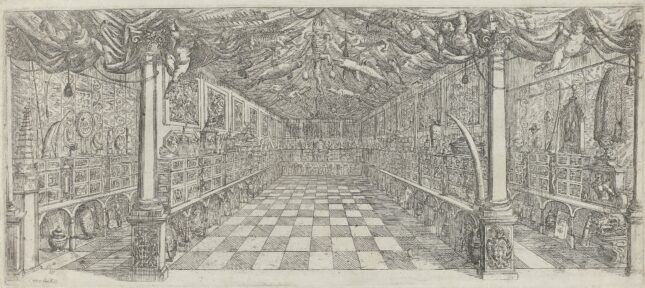
Frederik Ruysch (1638-1731) is also extensively discussed in the book. The anatomist, zoologist and botanist is world famous for his collection of human preparations on alcohol. Furthermore, he developed new techniques to preserve bodies, which resulted in thousands of anatomical preparations. His most obscure works are the works of art made of human bones. For example, he prepared children's skeletons between other body parts; works of art that in today's society should no longer be made from an ethical point of view.
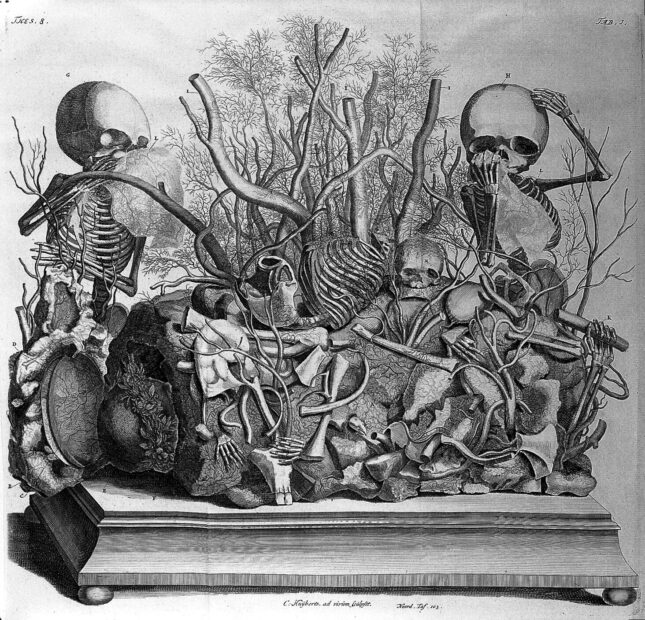
From mineral cabinet to live science room
De Ruiter introduces the reader to all natural history museums in the Netherlands. In detail, he discusses the Teylers Museum in Haarlem, the oldest museum in the Netherlands. We are also given a tour of the three university museums - Utrecht, Groningen and Delft - and the nineteen regional museums. Special attention is paid to Naturalis Biodiversity Center, which functions as the national museum after combining several large collections). The LiveScience room is one of the highlights of the museum, where the public can directly ask the researchers questions about various topics.
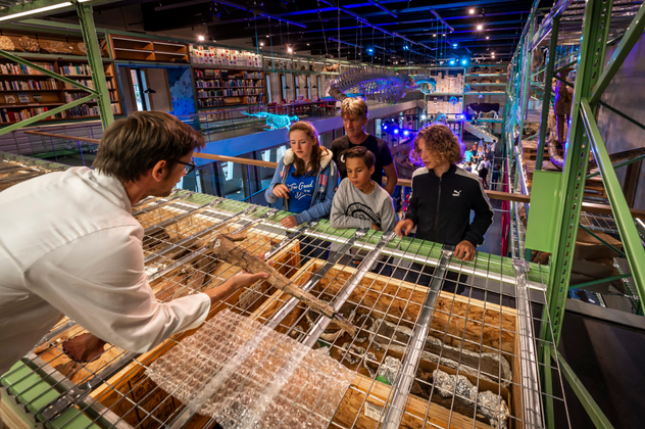
The scientific use of natural history collections
Besides education, natural history collections play a very important role in science. If you have been to a depot yourself, you may wonder about the usefulness of large collections with hundreds of specimens of one species, for example, drawers full of butterflies. De Ruiter answers this question: Every year, large parts of collections are used for new research. For example, with the help of DNA sequencing, plant material can be sequenced to learn more about the phylogeny and evolution of different taxa. And what may now seem "useless" to the general public to collect may be useful in 50 years' time.
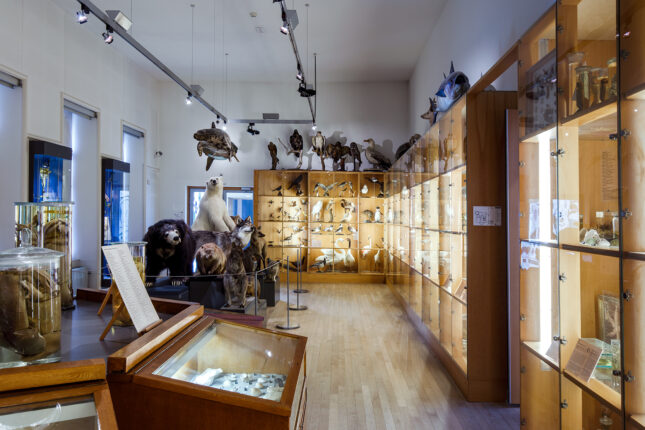
I highly recommend the book. It is fresh and completely written with special anecdotes about collectors and collections. The reasonable price of 25 euros is also a reasonable price, especially for students! One small side note: for now, the book is only available in Dutch.
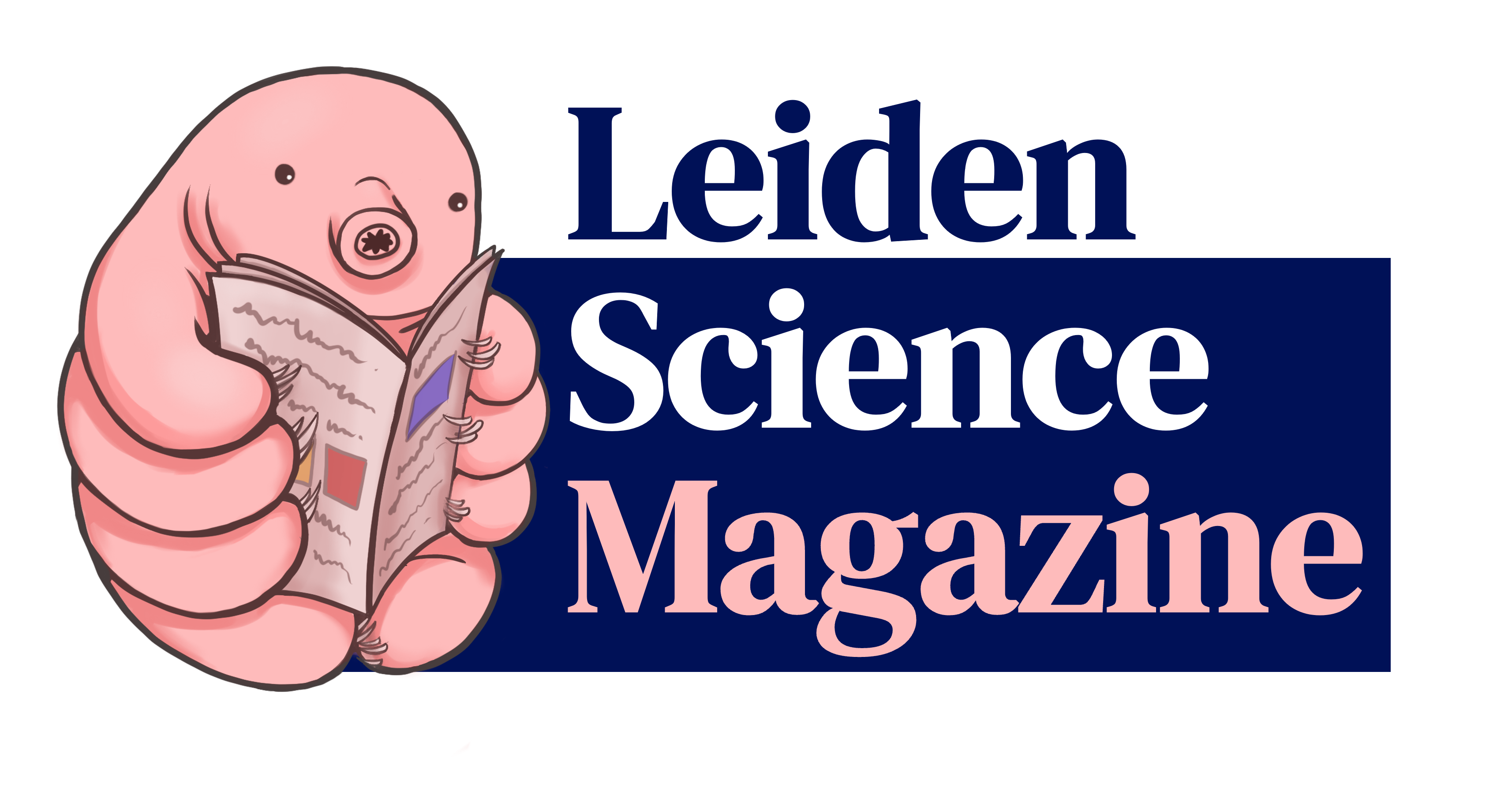


0 Comments
Add a comment